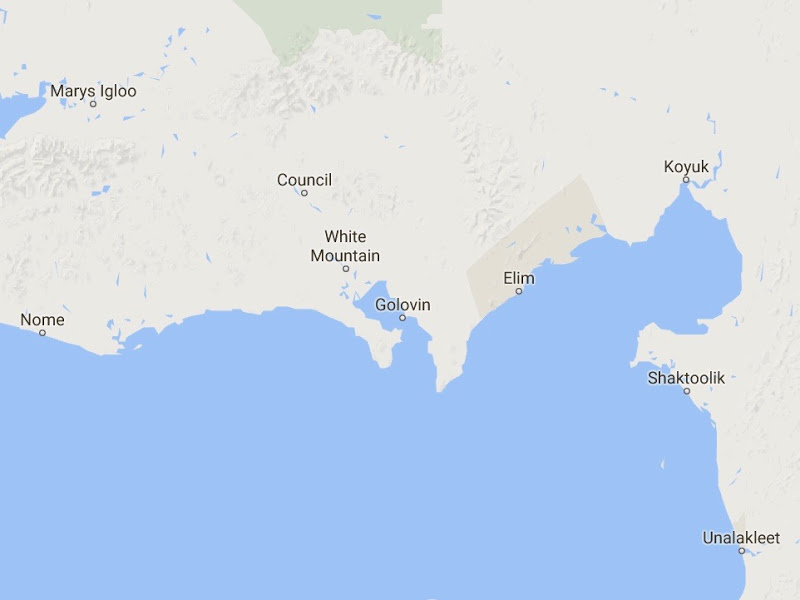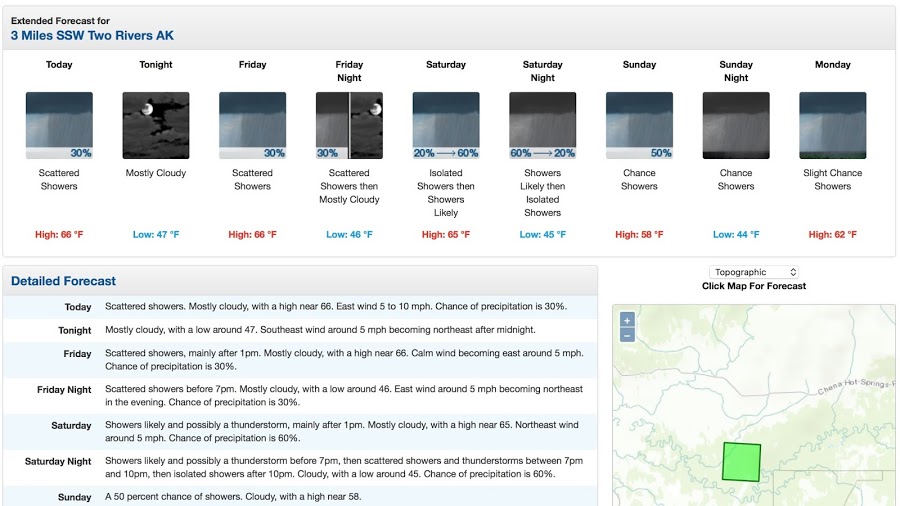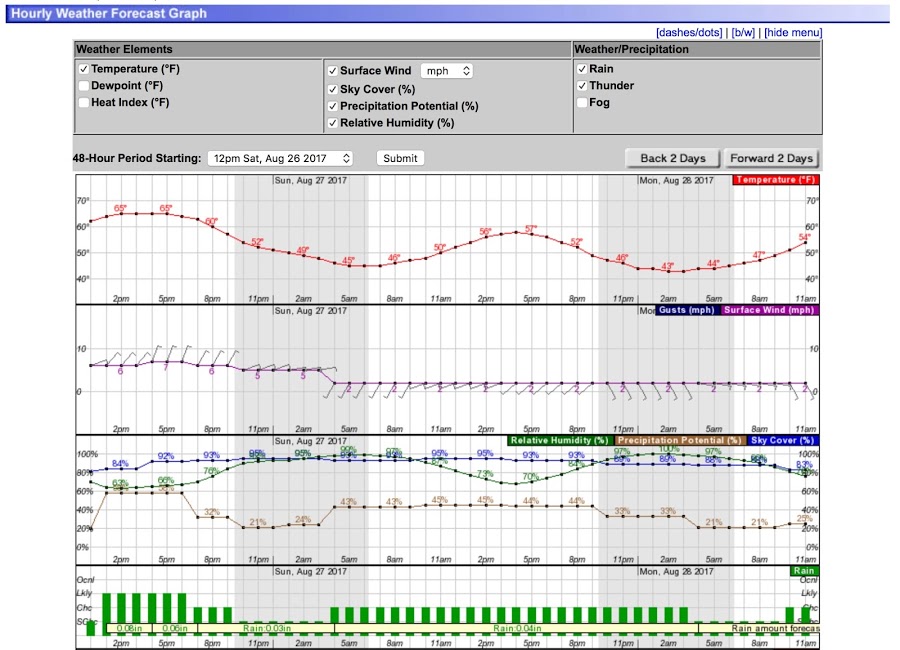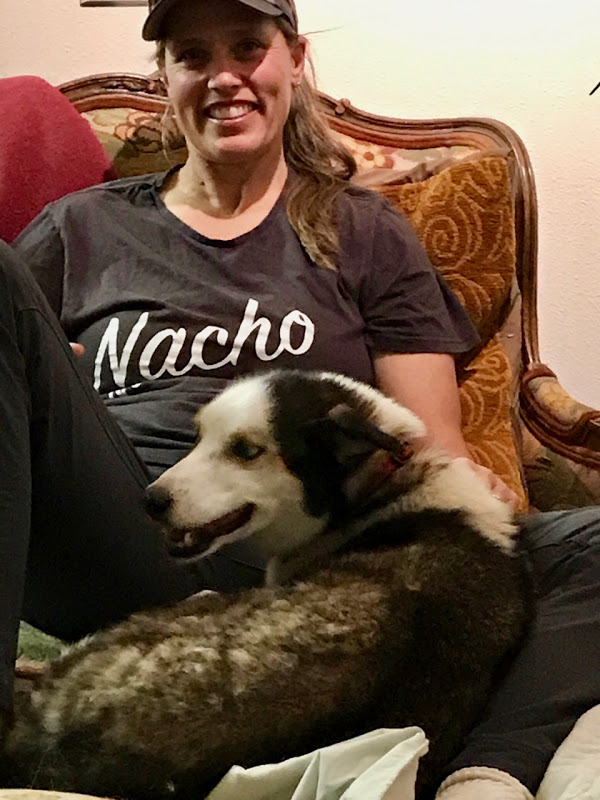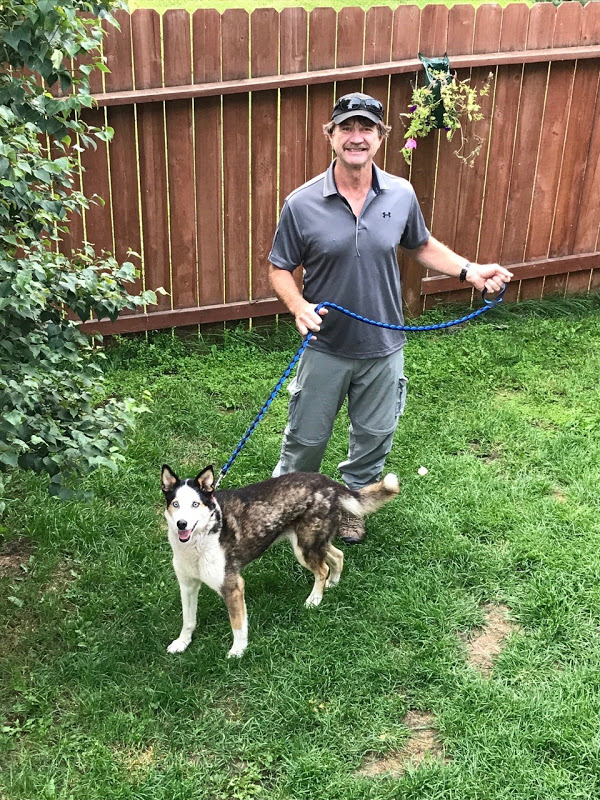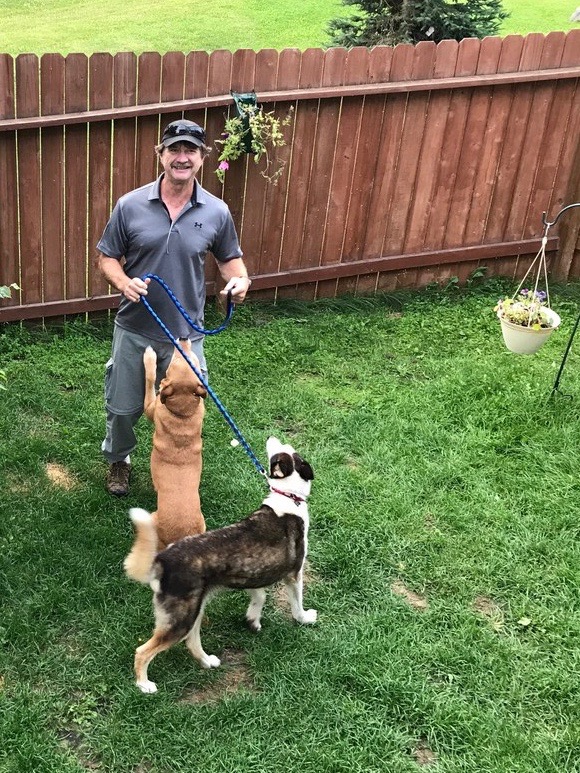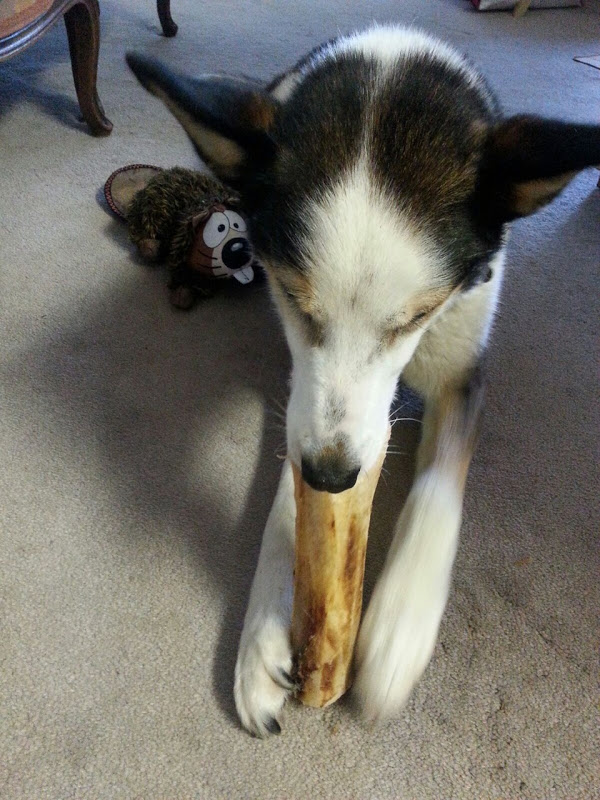Throughout the month of March, the Iditarod takes over the 1,000 mile Iditarod National Historic trail. During February the race route is planned, staged, coordinated, marked and even groomed for dog teams. The Iditarod staff, volunteers, Iditarod Air Force and the trail breakers travel village to village establishing the race route. Then – – BAM! – – ten days of March zoom by and so do the Iditarod dog teams. In the many villages, the route is down Main Street; passing by houses, post offices, clinics, shops and schools.
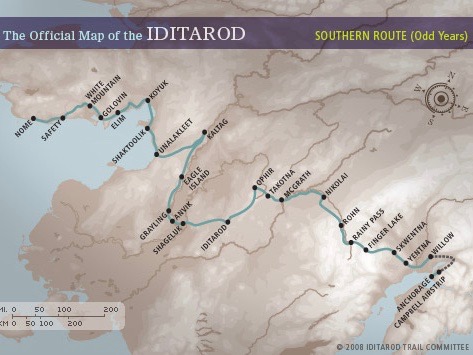
But Iditarod National Historic trail is not just used by Iditarod mushers. As a matter of fact, the mushers are more like guests. The Southern Route Iditarod map (left) shows how the trail links many towns and villages. The Northern Route and the Fairbanks Route connect even more villages. The Iditarod trail is, in fact, the highway many Alaskans use on a daily basis. A lot of villages in rural Alaska have no road access, but they do have trail access. Villagers travel along this trail just like folks around the world travel on their local roads and highways: they visit neighbors, go to the store, go to school, travel to birthday parties and celebrations or simply ‘go on a drive’ along the Iditarod trail. Much of the trail can only be traveled after freeze up by snowmachine (Alaskan terminology for snowmobile.) But there are also sections that are used during the summer months by boat. The Yukon River is both a summer and winter super highway, as are the bays and waterways along the western coast.
The Mushers of the Iditarod dog teams that are racing for the top places do not spend much time resting in any one place. Their ‘run-rest’ schedules are calculated from the start and they stop at strategic locations. Sometimes these rest breaks are in villages, but never for very long. So socializing with locals is often limited simply because of time constraints. John Baker, Iditarod Champion and Kotzebue resident, is very conscious of this fact. He will come into a village, be swarmed by well-wishers and fans and immediately say: “I need to tend to my dogs first then I will happily talk to you all.” Some mushers have learned from John or have their own routine to interact with folks as much as they can. There are also Mushers whose less competitive race strategy gives them more rest time in village checkpoints. These Mushers often spend more time visiting with locales. All of this is very important to the Iditarod.
The reality is that Iditarod Mushers need the support of the villages. Yes… many mushers are incredibly tough and can handle challenging situations on their own – often navigating the trail with very few village stops. But as the saying goes: “You never know what’s going to happen.” In the past, mushers have been forced to take extended refuge in villages due to impassable storms or because their teams needed an unplanned rest. Both Aliy and Allen have spent over 24 hours in the village of Shaktoolik due to winter storms.
So, the fact is that Aliy has been welcomed by the amazing people who live along the Iditarod Trail for the last 17 years. In nearly two decades, on any given year, she has never spent more than:
- several minutes passing through the tiny town of Golovin
- a few hours in hours in Elim
- 8 (ish) hours in White Mountain
Therefore the time has come for her to say “Thanks!”

The Dogs are ready to be packed and head out West!
With the financial support of her primary sponsor Matson, and the logistical support of Golovin, Elim, and White Mountain, Aliy will visit travel to each village, visit with the communities and give school presentations from August 28th until the 30th.
For this trip, Aliy is bringing with her: husky stickers (donated by Verizon), “Iditarod” notepads, buttons and DVDs (donated by ITC), stuffed toy huskies (donated by Matson), a set of 17 Iditarod Education Programs and other Alaskana books for each village (compiled by Tricia Brown and purchased by ExxonMobil) and personalized Jeff Schultz Iditarod posters (donated by ExxonMobil.)
Aliy is also bringing with her the heartfelt ‘Thanks’ from many of her Iditarod competitors who would like to offer their tremendous gratitude for everything that the wonderful people of Golivin, Elim and White Mountain do for the Iditarod Trail Sled Dog Race.
We will try to update this story often and post photos from her trip.


